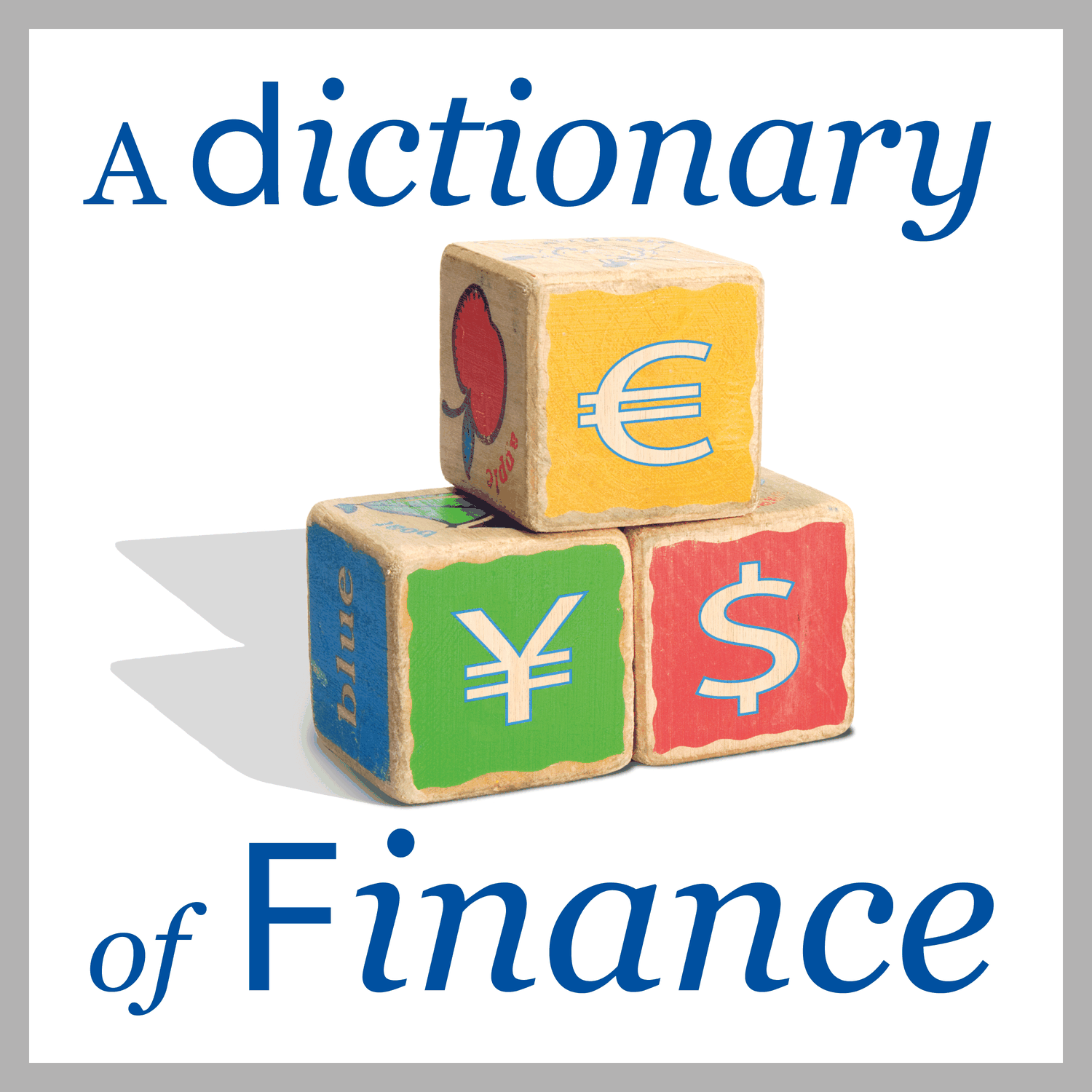Credit risk and the 80% haircut
Description
Pay attention, credit risk management newbies: the expected loss equals the probability of default times the exposure at default times the haircut. EIB credit risk management officer Gabriela Manciu explains everything eloquently.
The probability of default is perhaps the most difficult to estimate, and often takes the form of a credit rating. This can be done by a bank internally (it has probably been done to you, if you’ve ever taken out a credit card or a mortgage), or publicly by ratings agencies such as Fitch, Moody’s and Standard & Poor’s.
The rating takes into account both the company and its broader operating environment, including what we call the country (or sovereign) risk.
Gabriela also explains how credit risk is then managed by banks, through pricing of the financial products offered to the borrowers with various credit risk profiles and through the covenants included in the loan contracts. These include concepts such as pari passu, cross default, material adverse events, negative pledge etc.
It turns out these legal clauses in the financing contracts are not there just so a bank can call a loan home quickly in case something happens. They are there to ensure we get a seat around the table to discuss the best course of action, which could hopefully see the borrower survive, and the lender get its money back (also known as restructuring).
More Episodes
What do you do when an economy is struggling? If you’re a policymaker, a politician, or a central banker, you develop a stimulus package. That’s the term we examine in today’s episode. It’s the inside story of one of the biggest stimulus packages in history, to find out how it was set up, how it...
Published 11/16/20
Published 11/16/20
When we speak of the virtual world and storing things in ‘the cloud’, we seldom stop to realize that our digital climate impact is not virtual at all
Many people see digitalisation as this magical pixie dust that Tinker Bell sprinkles on old industries to make them all environmentally...
Published 01/07/20


